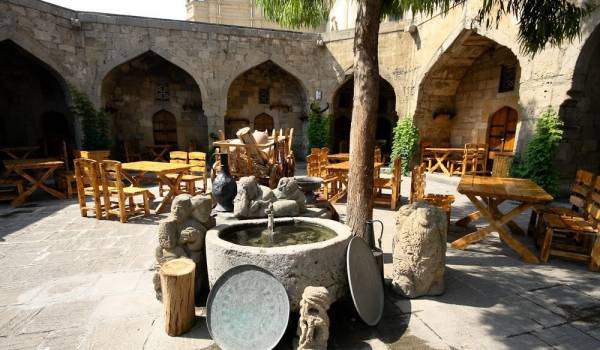Gobustan is a unique place where history and culture meet. A visit to the Gobustan National Historical-Artistic Reserve is not only a trip to the past, but also an opportunity to get acquainted with the unique culture of this region.
Gobustan National Historical-Artistic Reserve has a unique and rich culture, which includes its centuries-old traditions, along with its archaeological treasures.
Rock paintings
- Hunting and fishing: Scenes of hunting wild animals and fishing are among the most common themes in Gobustan petroglyphs.
- Social life: Petroglyphs also depict scenes of social life - dances, ceremonies, parties and celebrations are depicted. These paintings give us an idea about the beliefs and customs of ancient people.
- Animals: On the rocks of Gobustan, you can see images of various animals that lived in this region in ancient times. Among them are wild cat, ox, deer, boar and birds.
- Symbols: Some petroglyphs represent symbols and signs whose meaning is still unclear. Perhaps these symbols had a religious or magical meaning.
Traditions
- Nomadic tribes: Gobustan was historically inhabited by nomadic tribes such as Scythians and Kaysaks. These tribes have left their mark on the culture of Gobustan, distinguished by its love of nature, freedom and hospitality.
- Crafts: Gobustan residents have been engaged in crafts such as wood carving, ceramics and weaving for a long time. This craft is passed down from generation to generation and is still an important part of Gobustan culture today.
- Music: Gobustan has a rich tradition of folk music. Various musical instruments such as tar, kamancha, saz are used here.
